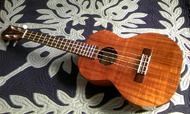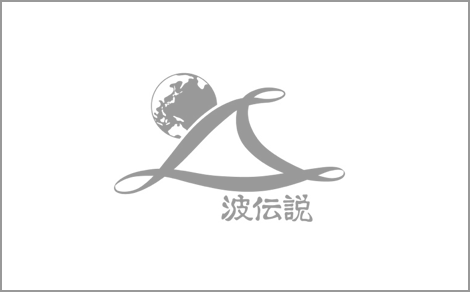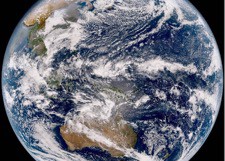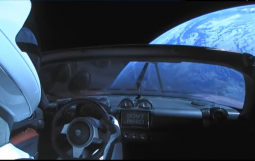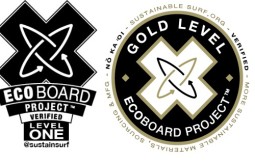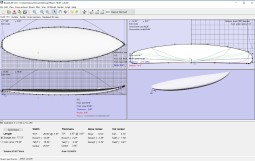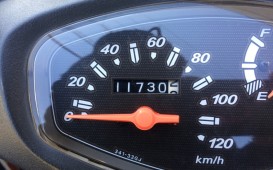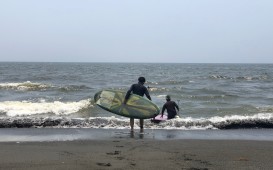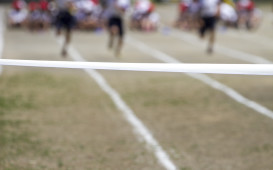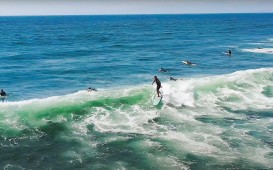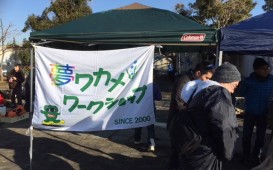
(画像元ウィキペディア)
Howzit…Howzit…みんな元気?僕は、ポルトガルの国際会議で、魚を模倣して潜水艦をデザインするというプレゼンを聞いて以来、バイオミミクリー(生体模倣)に興味を持つようになったんだ。
バイオミミクリーは、技術者たちのあらゆる問題を解決するために研究された自然界の進化論だと思われている。すでに自然界の主要な問題は、莫大な年数に及ぶ研究や開発の中で解決されている。その時間において試されてきたパターンをまねることは、持続可能な解決方法を導き出すための、人々の挑戦でもあったんだね。
そこで、「バイオミミクリーの技術を用いてどのように500系新幹線を仕上げたか」という記事を最近見つけたんだ。
新幹線は、時速300kmという速度だけれど、静かに心地よく走るよね。この技術は、フクロウやカワセミなどの鳥類に感化された技術なんだ。
仲津英治さんは、新幹線500系の開発責任者であり、日本野鳥の会のメンバーでもある。彼には、列車をより静かに走らせるという任務があったんだ。最初に改良した所は、パンタグラフ(集電装置)で、頭上のワイアーから電気を供給するところ。空気がパンタグラフにぶつかり、列車の速度が速いほど、大きな空気抵抗を受けて騒音が起こる。
野鳥の会でもある仲津さんは、フクロウが獲物を捕まえる際に音を立てず静かに飛べることを思い出し、たくさんの小さなノコギリ状の羽が(他の鳥にはない)主要な羽の外側の縁から突き出ていることで、その静けさを生んでいるということが分かったんだ。
これらの羽は「セレーション」と呼ばれ、空気中の流れの中に小さな渦を発生させ、騒音が解消してより大きな渦ができる。この「セレーション」は、パンタグラフの主要な部分に加えられ、騒音が軽減された上に現在の標準にもなったんだ。
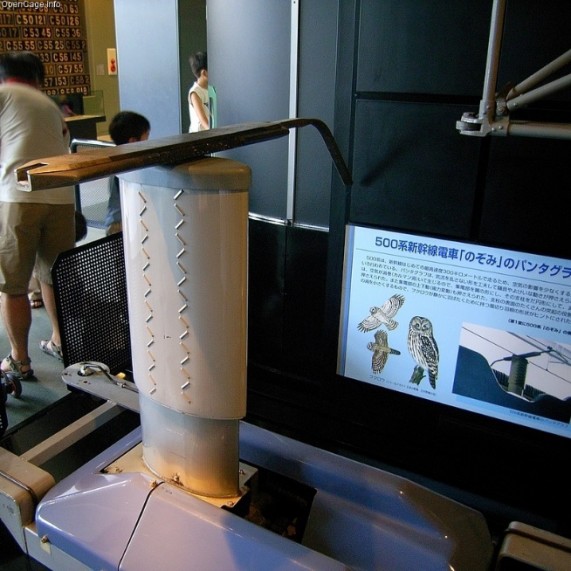
(OpenCage.info photo library cc-2.5 license)
そして、次に改良した場所は、新幹線の先端部分。山陽新幹線は、大阪から博多までの路線の半分がトンネルになっている。高速列車がトンネルに入る時に、高い空気圧が生まれる。これがトンネルの出口に突入する時の速度の音(ベルヌーイの定理による)は、400m先までも確認できる大きなとどろきと振動が起こるんだ。
そこで、仲津さんは、バイオミミクリーの技術にカワセミを応用することを思い立ったんだ。カワセミは、空中からしぶきを立てることなく水中へと入って獲物を捕まえる。そこで、かわせみの嘴(くちばし)と似た流線型の形を使ってテストした。そのデータの分析では、新幹線の先端部は、カワセミの嘴と同一のものが一番理想的だった。その先端部は、新幹線の空気抵抗が30パーセント、電力消費を15パーセントを削減することができ、走行速度をさらに10パーセントも上げることができたんだ。

(ウィキペディアより)
もしも、自然界にあるものでサーフボードを作るなら、どんなデザインになるだろう?
夏はもうすぐそこまで来ているね。外に出て波を捕まえに行くよ!もちろん近所のサーフショップや海の専門店のサポートは忘れずに。それじゃまたね!”A hui hou…Malama Pono!!!
(原文)
Howzit…Howzit…I’ve been interested in Biomimicry ever since I attended a conference in Portugal and listened to a presentation on designing submarines by studying fish. Biomimicry is a study that looks at the evolution in nature to solve engineering problems. The main idea is that nature has already solved many problems we seek to solve through billions of years of research and development. Emulating nature’s time tested patterns is an approach to seek sustainable solutions to human challenges. Recently I found an article about how the 500 series Shinkansen was refined using Biomimicry.
The Shinkansen moves quietly at 300 km/h with a comfortable ride. This technology was inspired by birds…the owl and Kingfisher. Eiji Nakatsu, an engineer and the director responsible these design changes is also a member of the Wild Bird Society of Japan. He was tasked with making the train quieter. First area of change was to the pantographs, the current collectors that receive electricity from the overhead wires. As the train runs faster large aerodynamic noise is generated when air hits the pantograph. Inspired by the fact that the owl has acquired “quiet flying” so that prey will not know it is about to strike, they started tests and found that the quietness came from many small saw-toothed feathers (which other birds do not have) protruding from the outer rim of their primary feathers. These feathers are called “serration feathers” and generate small vortexes in the air flow that break up the noise causing larger vortexes. The “serrations” were added to the main part of the pantograph and reduced noise enough to meet the standards.
The second area of change was to the nose of the Shinkansen. Half of the Sanyo Shinkansen Line from Osaka to Hakata is made up of tunnel sections. High atmospheric pressure is created when a high-speed train rushes into a tunnel. These reach the tunnel exit at the speed of sound (Bernoulli’s law) producing a large boom and vibration that could be heard 400 m away. Mr. Nakatsu looked to biomimicry and thought of the kingfisher. To catch its prey, a kingfisher dives from the air into water without splashing. Using the streamlined shape of is beak test were conducted. Data analysis showed that the ideal shape for the Shinkansen is almost identical to a kingfisher’s beak. The shape has enabled the Shinkansen to reduce air pressure by 30% use 15% less electricity and all the while increasing speed by 10%.
What would nature do if it had to create a surfboard?
It’s Summer so get out and go catch a wave. And remember to support your local surf/ocean activity shop…. Until next time…”A hui hou…Malama Pono!!!

